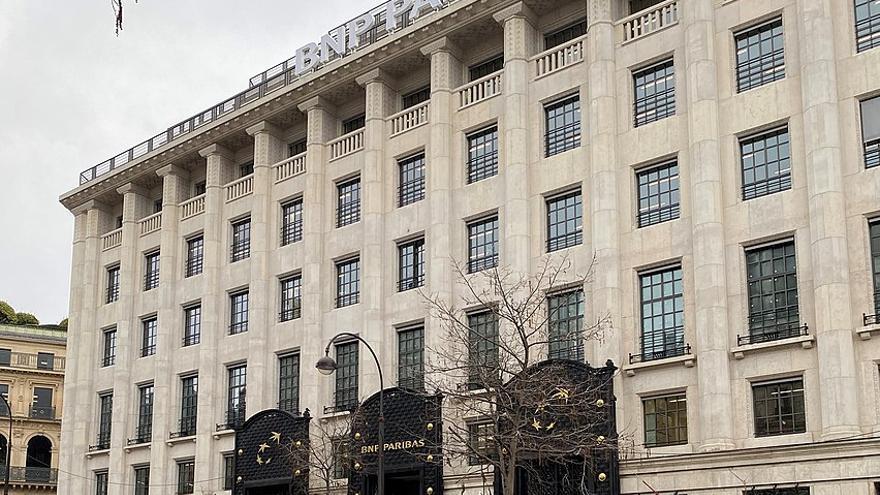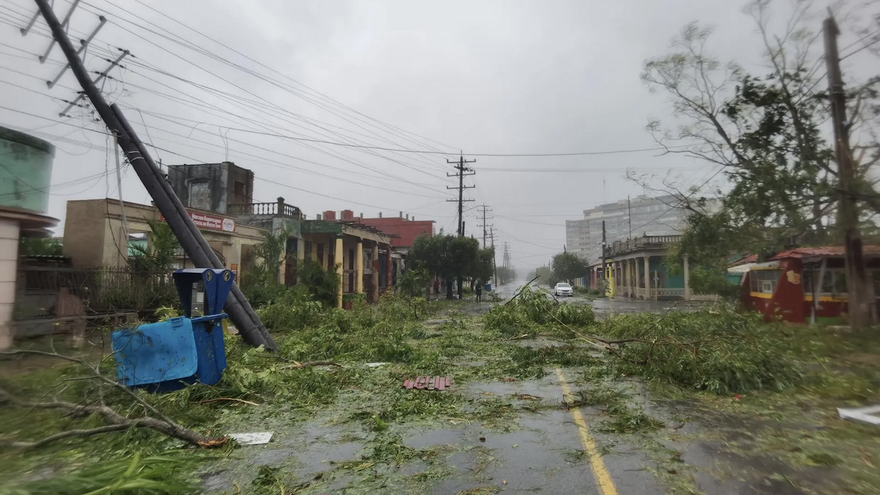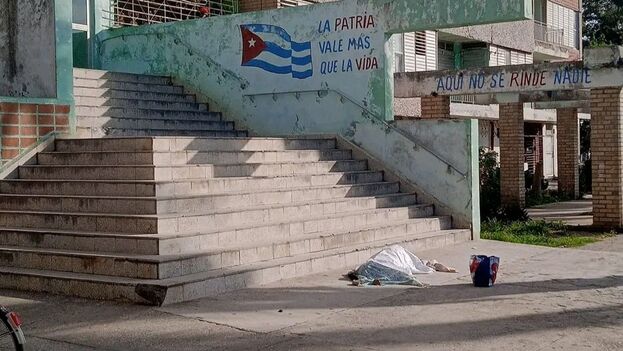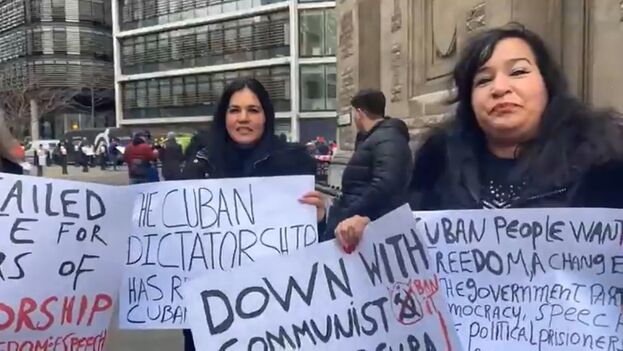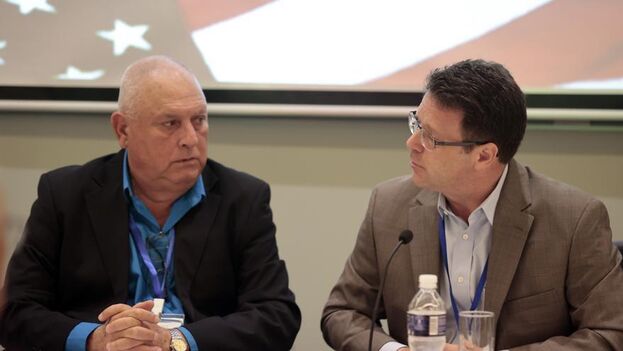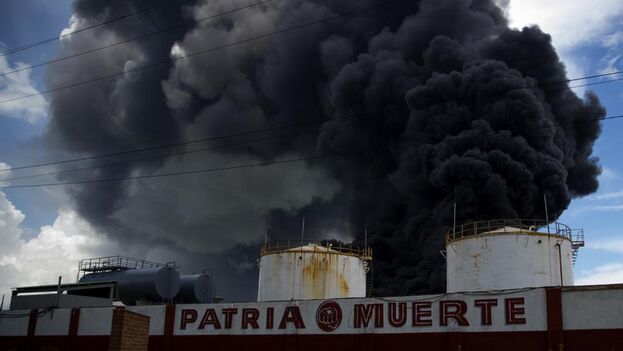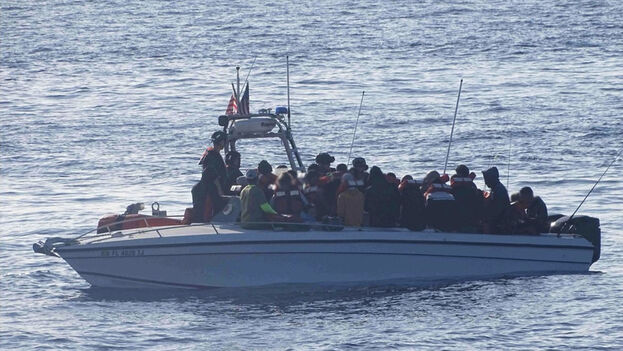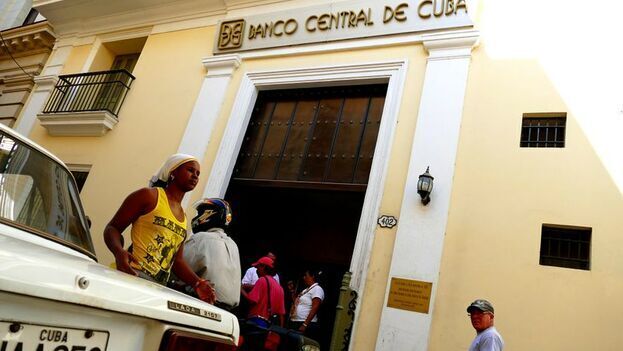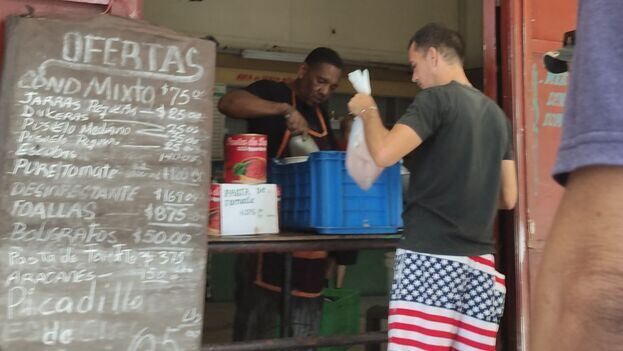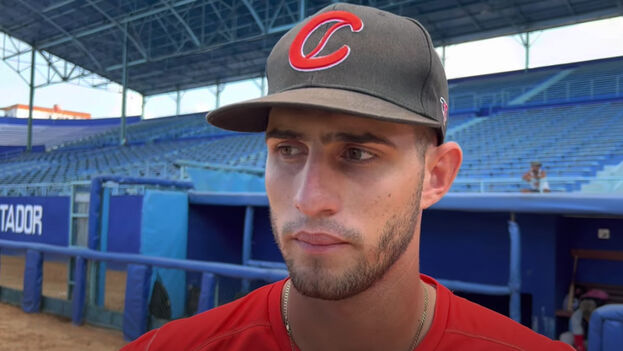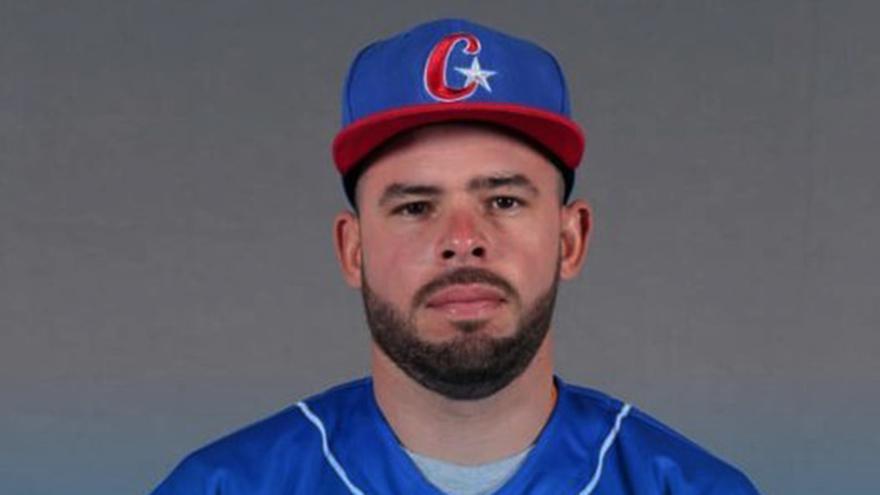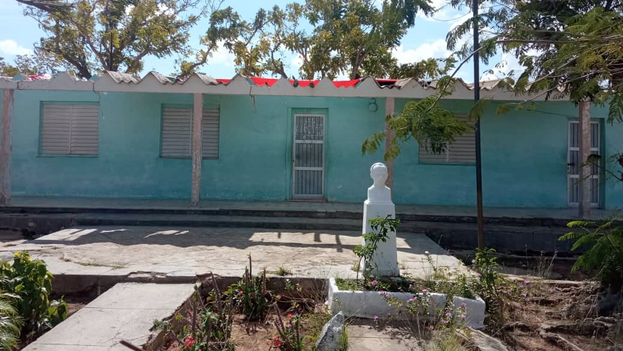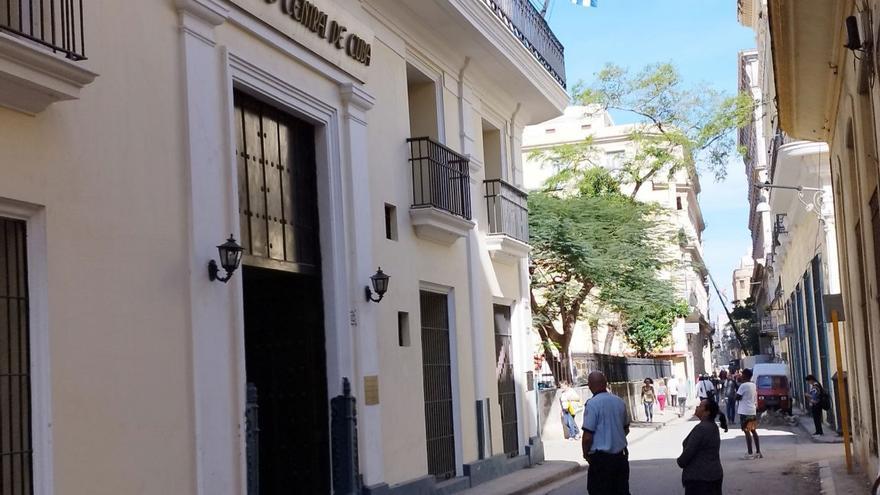
![]() 14ymedio, Havana, 6 April 2023 — The Banco Nacional de Cuba (BNC) will appeal the sentence of the Superior Court of Justice of London which, on Tuesday, ruled in favor of the investment fund CRF I Limited by recognizing its rights to a debt of 72 million euros contracted by the Island.
14ymedio, Havana, 6 April 2023 — The Banco Nacional de Cuba (BNC) will appeal the sentence of the Superior Court of Justice of London which, on Tuesday, ruled in favor of the investment fund CRF I Limited by recognizing its rights to a debt of 72 million euros contracted by the Island.
Although judge Sara Cockerill granted a small technical victory to the regime, by estimating that the creditor is the BNC and not the Republic of Cuba, in reality nothing changes fundamentally, since this entity was subsumed into the Central Bank of Cuba (BCC) and, ultimately, the Cuban State must assume the debt contracted by its own institutions.
In fact, the news of the appeal of the sentence has not been announced by any director of the bank, but by the Cuban Minister of Justice, Oscar Silvera. In a press conference reported by Prensa Latina this Wednesday, the minister reported that the defense of the BNC will appeal “by means of a document that must be submitted before May 19 of this year.”
From that moment, Silvera indicated, “the defense will have all the options to discuss and prove all its allegations, based on the possibilities and characteristics of English law.”
The minister highlighted the part that is convenient for the regime, that is, that the British magistrate left the Cuban State out of the lawsuit, returning to use the argument that “CRF is not Cuba’s legitimate creditor”: “It was not the República, because it never gave up its guarantee, and we consider that it is not a legitimate creditor of the BNC, because the act where that assignment was accredited is illegal.” continue reading
In Silvera’s opinion, the documents presented by CRF in the English court “were the result of a fraudulent action that was judged by the Cuban courts and the defendants testified at the hearing held last February in London.” With this, he was alluding to the conviction of various officials for alleged bribes paid by the investment fund to get them to approve the transfer of public debt and, with it, harm the country, which was Havana’s main line of defense in London.
“There are documents that prove the intention to harm the country and to affect the financial flows of the Cuban economy,” Silvera also said, considering that “the vulture fund’s actions” were “in bad faith.”
The news of the sentence in London was presented this Tuesday as a triumph by the official press, although it could not hide the most important thing: “From now on the process will continue only against the Banco Nacional de Cuba, which will have the right to establish the claims that permitted by English law.”
The litigation began in late January in a London court after the Cayman Islands-based venture capital fund CRF I, founded in 2009, sued the Island, considering itself the largest holder of the Island’s sovereign debt.
The BNC is today a commercial bank, but until 1997 it acted as Banco Central de Cuba. The BCN continued to be responsible for the registration, control and servicing of the debt it had placed until the creation of the BCC, which is why it is a defendant.
The debt originated from two credits that Cuba closed in 1984 with the European banks Crédit Lyonnais and L’Istituto Bancario Italiano, with the BNC as guarantor. Three years later, Fidel Castro declared his country’s debt “unpayable” – and in general the debts of all the former colonies as well – and the Island stopped complying with its creditors until Raúl Castro, in 2006, changed this policy.
Cuba renegotiated its debt with the Paris Club, but not with the London Club, to which CFR belongs, which claims to have received no response from Havana in the seven years during which it tried to make contact.
____________
COLLABORATE WITH OUR WORK: The 14ymedio team is committed to practicing serious journalism that reflects Cuba’s reality in all its depth. Thank you for joining us on this long journey. We invite you to continue supporting us by becoming a member of 14ymedio now. Together we can continue transforming journalism in Cuba.



